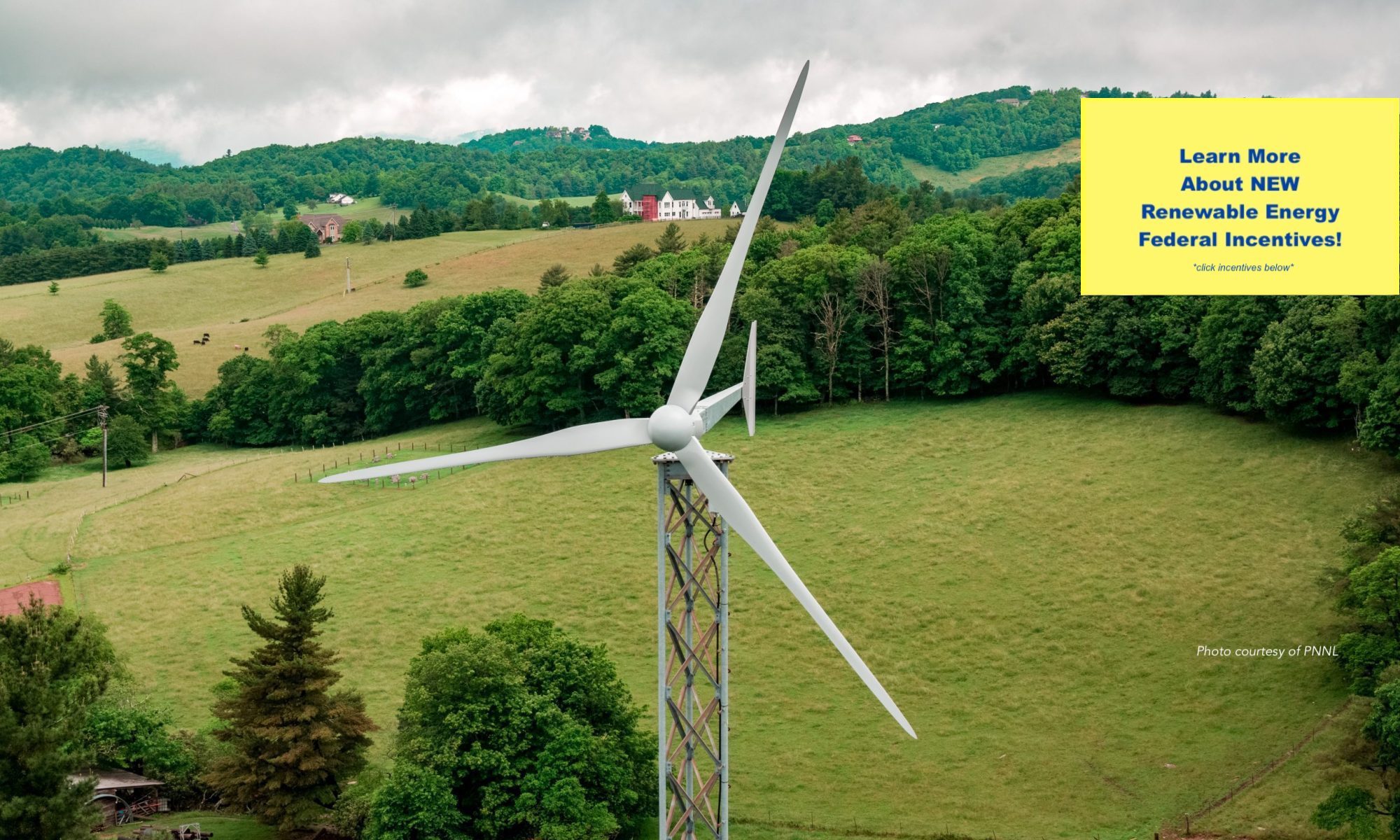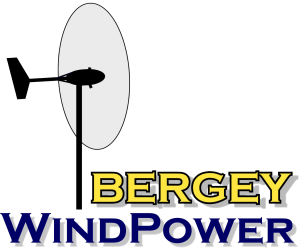Wind Power For Remote Telecom Systems
Overview
Good broadcast sites usually have good wind resources because they have high local elevation and good exposure.
Wind turbines do not interfere with transmission signals. Sometimes the antennas and the wind turbine share the same tower.
Bergey and Remote Telecom
The technologies of wind, solar, and power conversion have matured greatly over the last twenty years. It is now quite common to use wind and solar to provide electricity to areas not served by the power grid. These systems have proven their ability to operate very reliably.
Wind and solar are intermittent resources, so some short-term storage is required to deliver reliable 24-hour “utility-grade” power. Back-up generators are necessary for larger sites.
Combining two generating technologies, like wind and diesel, creates a “hybrid system.” Wind and solar are often combined in a hybrid system because they reinforce each other on a daily and seasonal basis. The wind often blows when the sun is not shining (night, storms, winter, etc.). The sun often shines during periods with low wind (summer, wind lulls due to high pressure systems, etc.).
Cost of a Bergey System
Off-grid power systems for telecommunications sites typically cost from $2,000 to $100,000.
The best configurations
For very small loads, up to ~ 50 watts continuous, an all-solar system will usually be the best configuration.
For continuous loads from 50 – 300 watts, a hybrid system with wind, solar, and a 3 – 10 day battery bank can power a site without need for a back-up generator. Using both wind and solar will reduce the battery bank size and the total cost compared to solar-only or wind-only systems.
For larger loads, a hybrid system with a back-up generator will generally be more cost-effective. As the load size increases the relative size of the solar array shrinks due to the higher cost of solar, compared to wind.
Wind turbines should not be installed at the edge of a cliff or very steep hills because the turbulence during storms will be too high.

